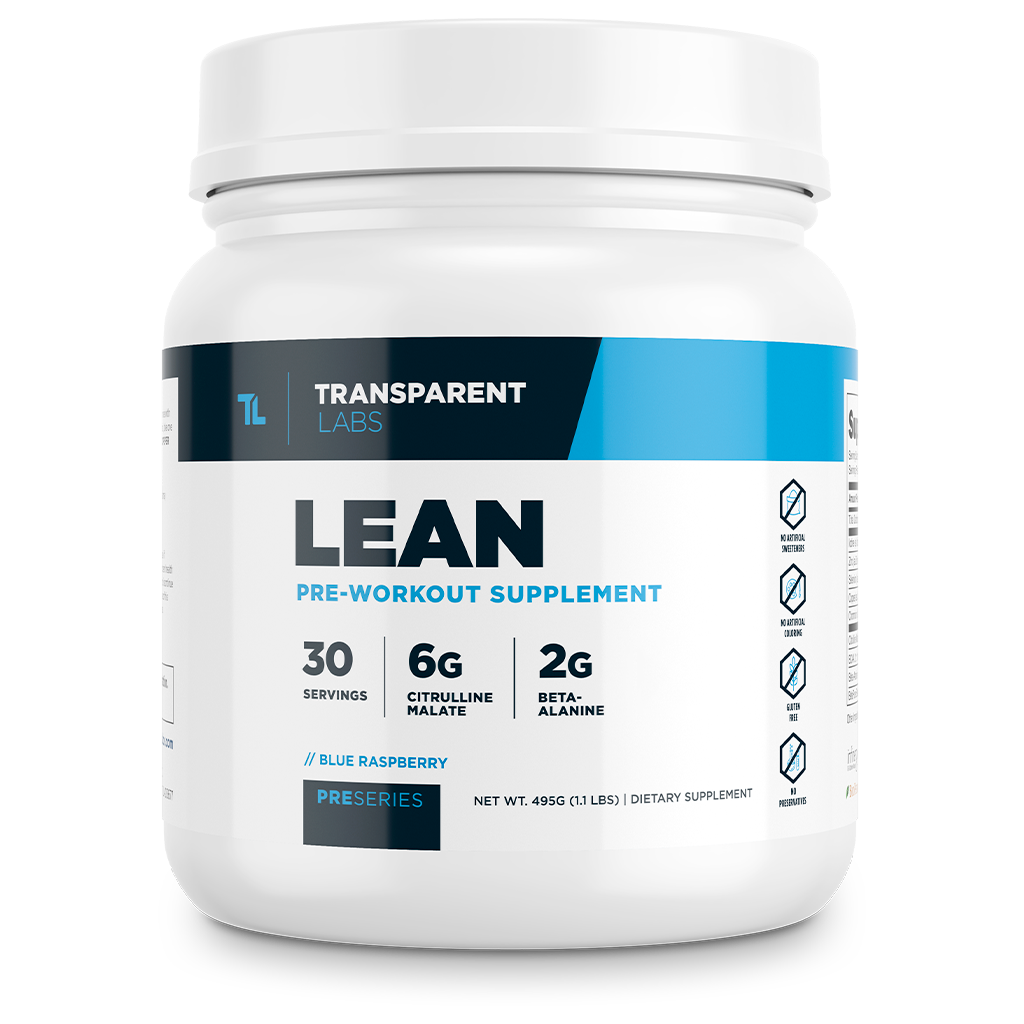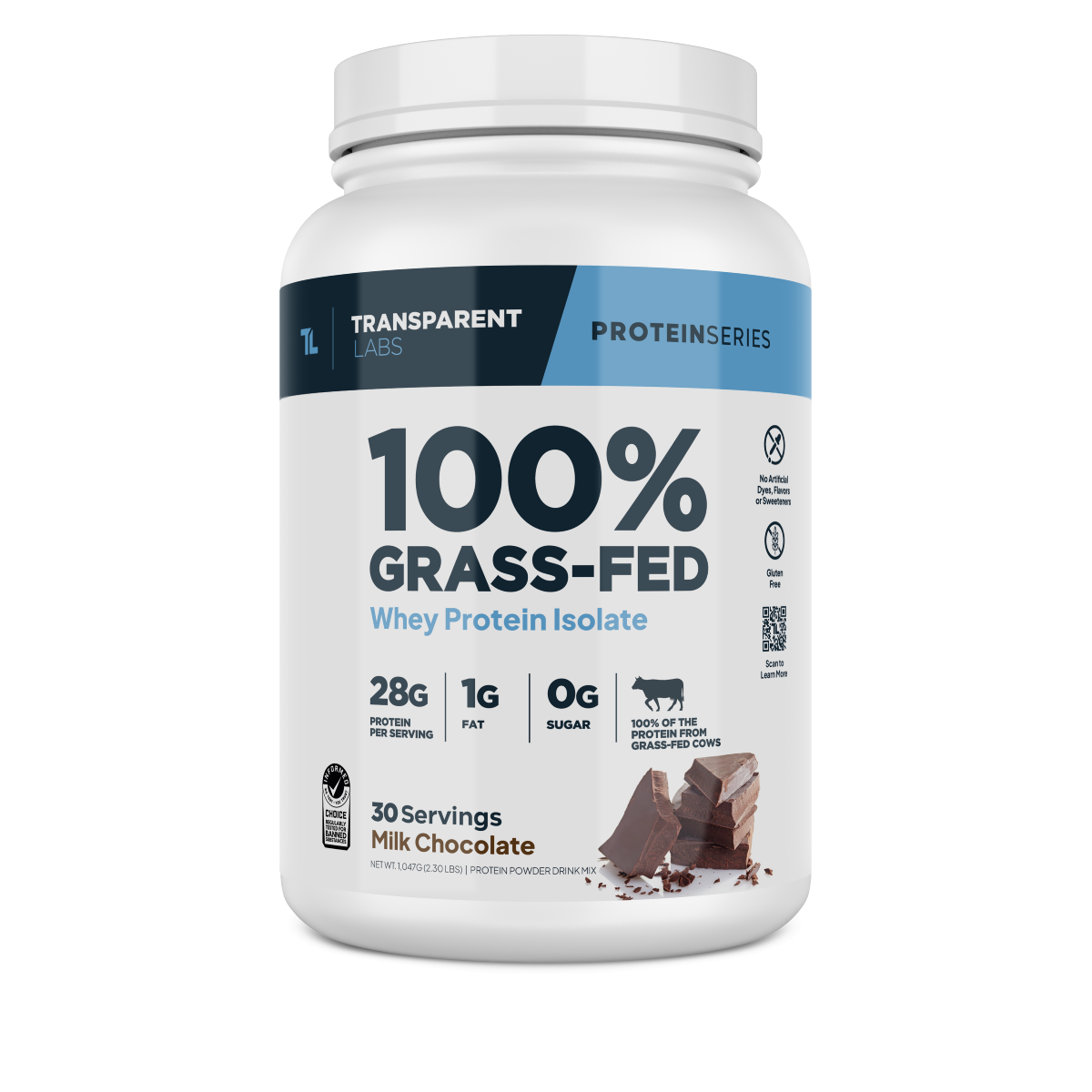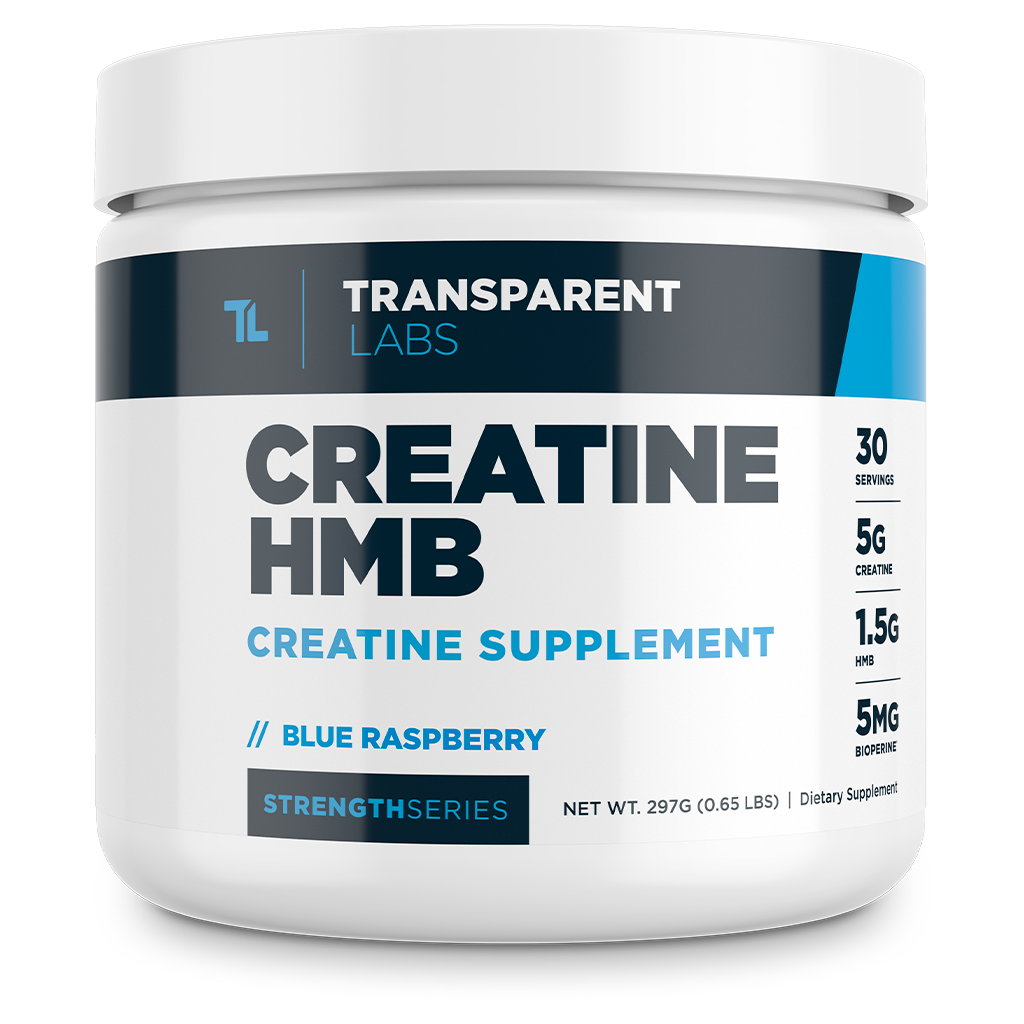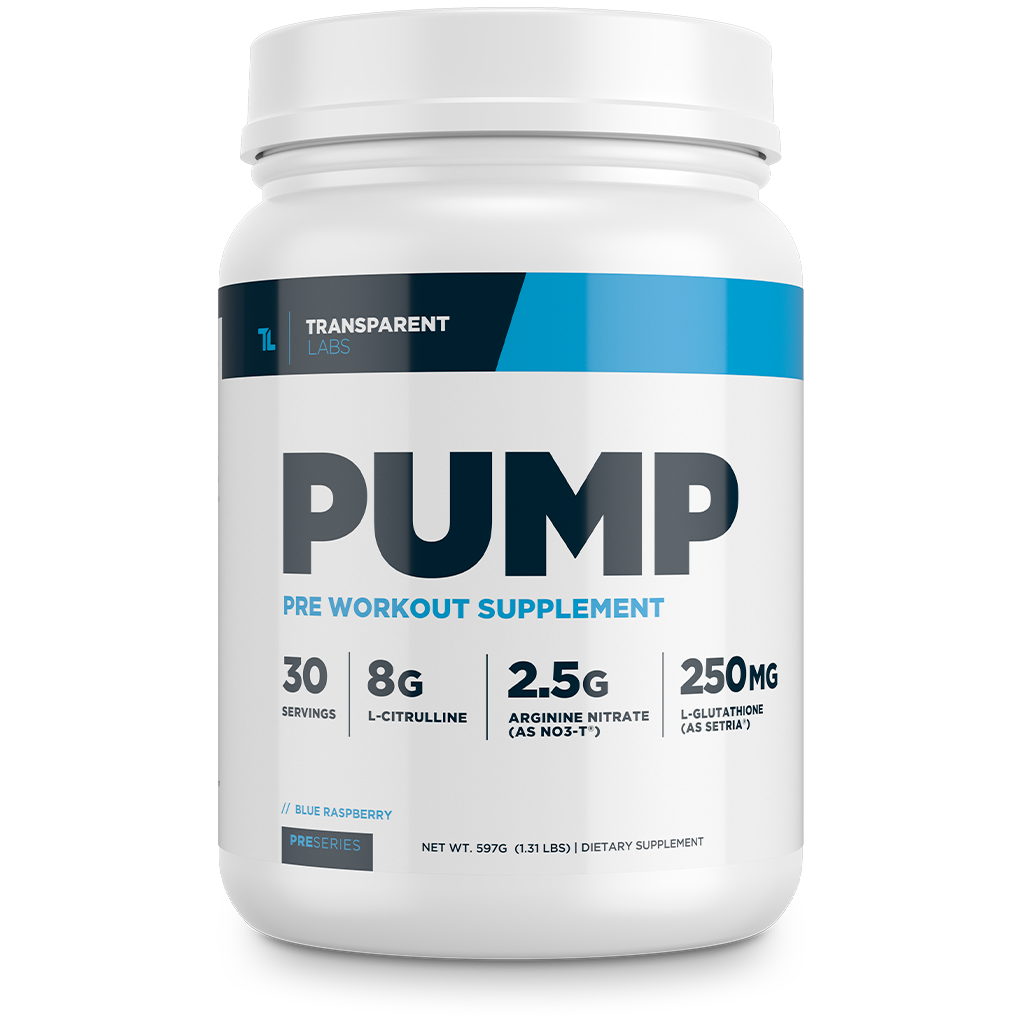Glutathione vs. NAC: An Expert Comparison of Antioxidants

Glutathione vs. NAC: Comparing Popular Antioxidant Supplements
Glutathione and NAC (N-acetyl-cysteine) are two popular antioxidant supplements. While closely related, they have distinct differences and aren't necessarily interchangeable for supplementation purposes.
As such, you may wonder what the difference between glutathione and NAC is—this article tells you all you need to know.
Glutathione and NAC: An Overview
Glutathione and N-acetyl-cysteine (often referred to by its acronym, NAC) share an intimate biochemical relationship. Glutathione is a potent endogenous antioxidant found in virtually all body cells. So, ensuring sufficient glutathione levels should be a priority for longevity.
Likewise, NAC is an amino acid derivative and precursor to glutathione (via L-cysteine). With the help of enzymes, L-cysteine forms peptide bonds with the amino acids L-glycine and L-glutamic acid to make glutathione. Hence, glutathione is a tripeptide (meaning it's comprised of three amino acids).
Since L-cysteine is the rate-limiting amino acid in glutathione synthesis, an NAC supplement is a bioavailable cysteine donor that can increase cellular glutathione levels. On the other hand, bioavailability issues may hinder oral glutathione supplementation (more on this later).
Understanding the Antioxidant Glutathione
Glutathione is an essential antioxidant that our body relies on. In fact, it's commonly referred to as the "master antioxidant."
Being a tripeptide, glutathione is comprised of three amino acids: cysteine, glutamic acid, and glycine. It's found in two forms, reduced glutathione (GSH) and oxidized glutathione (GSSG). Ideally, the body will have higher amounts of GSH (active glutathione), which can readily neutralize free radicals that damage cells (1, 2).
Glutathione plays a variety of roles in the body, including:
-
regenerating other antioxidants (e.g., vitamin C, vitamin E)
-
neutralizing free radicals
-
detoxification of certain drugs
-
regulating the immune system
-
managing inflammation
-
supporting various bodily systems (e.g., nervous system, pulmonary system)
-
delaying cell aging
Glutathione depletion is also linked to numerous health issues, including increased susceptibility to infectious diseases and illnesses, oxidative stress, and certain chronic diseases, such as type 2 diabetes, certain types of cancer, kidney disease, neurodegenerative disease, liver disease, and cardiovascular disease (1, 2).
Understanding N-Acetylcysteine (NAC)
N-acetyl-cysteine (NAC) is an important amino acid derivative and precursor to glutathione (3). Specifically, NAC is an acetylated form of the amino acid L-cysteine, which is considered the rate-limiting amino acid for endogenous glutathione synthesis.
In supplement form, NAC is more stable and bioavailable compared to L-cysteine. Therefore, it's commonly taken as a supplement to promote glutathione synthesis (3).
As mentioned, glutathione is made up of three amino acids: cysteine, glutamate, and glycine. Once NAC is absorbed, the body converts it into L-cysteine, which is then paired with glutamate and glycine. Together, this produces glutathione (3).
Because the amino acid cysteine is a substrate for the rate-limiting step in the production of glutathione, it's important to make sure you're getting enough through diet and/or NAC supplementation.
Supplementing with Glutathione

Glutathione supplementation has mostly been reserved for clinical use due to its high cost and lack of access.
You can take glutathione orally, topically, intravenously, or through inhalation (via a nebulizer). Most versions require a prescription, except for oral forms.
Oral glutathione (commonly labeled as GSH) can be taken either through a powder/tablet, sublingually, or liposomal form. However, standard oral glutathione (GSH) supplements are degraded during digestion and therefore are poorly absorbed.
Liposomal glutathione is packaged uniquely to prevent it from degrading during digestion and therefore allowing for better absorption. Sublingual glutathione is rapidly absorbed via the capillaries under the tongue. Both forms have been found to improve glutathione levels (4).
Glutathione is best absorbed intravenously, but requires strict medical supervision.
Supplementing with NAC
NAC is commonly taken as a supplement to improve glutathione levels or for its own unique anti-inflammatory and mucolytic properties.
Supplementing with NAC has been shown to improve glutathione levels in the body by acting as a precursor. It also has anti-inflammatory properties to reduce and manage inflammation in the body (3).
Beyond this, NAC is becoming well-known for its mucolytic properties, meaning it's able to break up mucus related to lung diseases and illnesses. It does this by breaking disulfide bonds that are found in mucus, leading to a thinner mucus and improved symptoms (3, 5).
Though, most research suggests taking NAC through inhalation leads to the best results when taking it for this purpose (3, 5).
Comparative Analysis: Glutathione vs NAC Supplements
Simply put, NAC is a nutrient used to produce glutathione.
Depending on your needs, diet, and tolerances, you may wish to take NAC or glutathione to increase your glutathione levels.
In one randomized, cross-over study, 20 participants were given oral glutathione (GSH), sublingual GSH, or NAC for three weeks. The participants then underwent a washout period and were given one of the other supplements. This process proceeded until participants had tried all three supplements (6).
Throughout the study, it was found that sublingual GSH and NAC led to significant improvements in glutathione levels, while oral GSH did not due to its low bioavailability (6).
Interestingly, the study did find that sublingual GSH led to slightly greater glutathione levels compared to NAC, but both did increase levels. However, it's important to note that the study was sponsored by a sublingual GSH company (6).
Based on this study, it appears that taking either sublingual GSH or NAC can help improve your glutathione levels. No side effects were reported for either supplement. While not in this study, liposomal GSH has also been found to improve glutathione levels.
So, if you do choose to take an oral glutathione supplement, be sure that it is either sublingual GSH or liposomal GSH, since standard oral GSH supplements are poorly absorbed.
Due to differences in genetics and metabolism, people may better tolerate NAC or glutathione. Fortunately, both glutathione and NAC supplements are generally recognized as safe and have limited side effects.
Ultimately, the decision is up to you.
Health Benefits of Glutathione Supplements
Glutathione (GSH) is well known for its antioxidant properties, which may help protect the body against disease.
In fact, research has found that low glutathione levels are associated with higher rates of chronic and infectious diseases. To make matters worse, chronic diseases (e.g., type 2 diabetes and heart disease) can deplete GSH levels, making bodily cells more prone to oxidative stress, or cell damage (1, 2, 7).
When glutathione levels are adequate, they may provide many health benefits, such as (1, 2, 7, 8, 9, 10):
-
greater protection against oxidative stress/cell damage by free radicals
-
improved insulin sensitivity
-
stronger immune function
-
may reduce respiratory symptoms from respiratory disease/illness (e.g., cystic fibrosis, COPD)
-
reduced risk of chronic diseases (e.g., type 2 diabetes, heart disease, kidney disease, liver disease, neurodegenerative disease)
-
liver detoxification (e.g., drug metabolism)
-
may improve dermatological issues (e.g., psoriasis, eczema)
-
delayed cellular aging
-
greater skin elasticity and strength
Though, it is important to note that future research is needed to understand the role of glutathione and NAC supplementation and its effect on disease severity and prevention.
Side Effects and Risks
To date, oral glutathione supplementation is generally recognized as safe for adults.
Most studies have observed no negative side effects from taking sublingual or liposomal glutathione. Though, some anecdotal reports have suggested adverse side effects including nausea, vomiting, diarrhea, and allergic reactions (e.g., skin rash).
That said, it's important that you consult your healthcare provider before starting a new supplement, especially if you have an underlying condition, are pregnant or breastfeeding, or are taking any other medications or supplements.
Foods to Support Glutathione Levels
The foods you eat can help support glutathione levels in the body. Many foods that are high in glutathione, sulfur, and other antioxidants have been linked to improved glutathione levels, such as (4):
-
whey protein powder (high in cysteine)
-
cruciferous vegetables (e.g., broccoli, cabbage, cauliflower, bok choy, Brussels sprouts)
-
allium vegetables (e.g., garlic, onions, shallots)
-
other fruits and vegetables (e.g., asparagus, avocado, cucumber, green beans, mango, papaya, spinach, and tomato)
-
herbs and spices (e.g., curcumin from turmeric)
-
green tea
-
selenium-rich foods (e.g., Brazil nuts, beef, chicken, seafood, dairy products, and whole grains)
-
vitamin C foods (e.g., bell peppers, papaya, mango, oranges, kiwi, Brussels sprouts, cabbage, cauliflower)
-
omega-3s (e.g., fatty fish, omega-3 supplements)
While helpful, it's currently debated whether eating a diet rich in glutathione will significantly improve glutathione levels, since it's not completely absorbed through food.
Frequently Asked Questions about Glutathione and NAC Supplements
Are There benefits of Taking NAC and Glutathione Together?
There are no quality studies that suggest NAC and glutathione need to be taken together. Both NAC and glutathione (liposomal or sublingual) have been shown to increase glutathione levels. However, whether or not combining NAC and glutathione is superior to taking either NAC or glutathione independently is yet to be known.
Can liposomal glutathione and NAC be taken together?
To date, there does not appear to be any negative interactions with taking liposomal glutathione and NAC together. Though, you should consult your healthcare provider first.
What are the side effects of NAC and glutathione?
While generally recognized as safe, some common side effects of NAC and glutathione include nausea, vomiting, diarrhea, and allergic reactions (e.g., skin rash).
Is NAC the best way to boost glutathione levels?
NAC can be an effective way to boost glutathione levels but is not the only way. Supplementing with sublingual glutathione or liposomal glutathione can also improve levels.
What is the difference between NAC and glutathione?
NAC is a precursor to glutathione, meaning it needs to be converted into L-cysteine and then combined with glycine and glutamate first. Glutathione is the final end-stage product.
Can NAC be used as a precursor to glutathione production?
Yes, NAC is a glutathione precursor. After it's absorbed in the body, it is converted into cysteine, which then goes on to be converted into glutathione.
Glutathione vs. NAC Takeaways
Glutathione and NAC share many similarities but some notable differences as well. Glutathione is a potent antioxidant that plays many roles in disease prevention and treatment. In fact, it's so important that it's often referred to as the "master antioxidant".
N-acetyl-cysteine (NAC) is an orally bioavailable precursor to glutathione, meaning it is used to make glutathione as an end-product.
Research has found that supplementing with glutathione or NAC can improve overall glutathione levels in the body. Therefore, which one you choose will be based on your preferences, tolerance, and recommendation by your healthcare provider.




